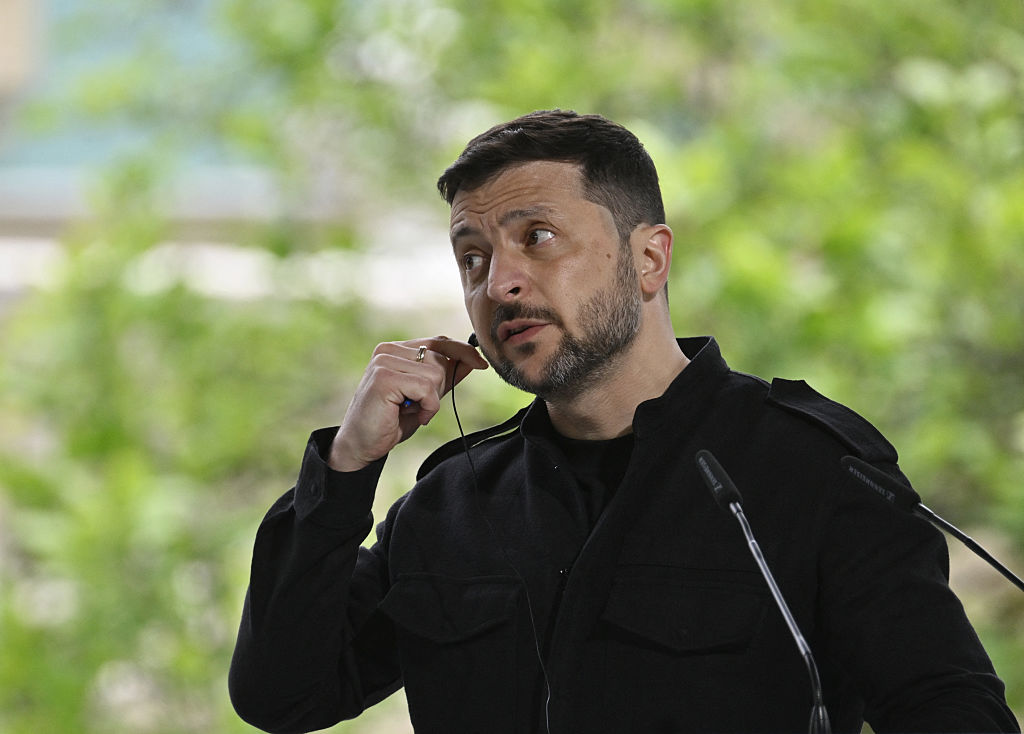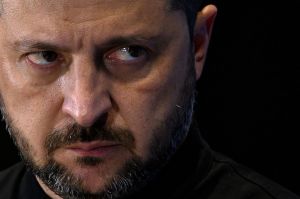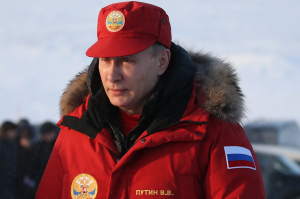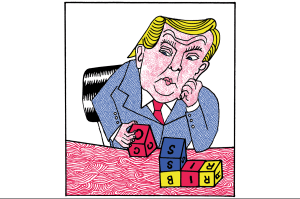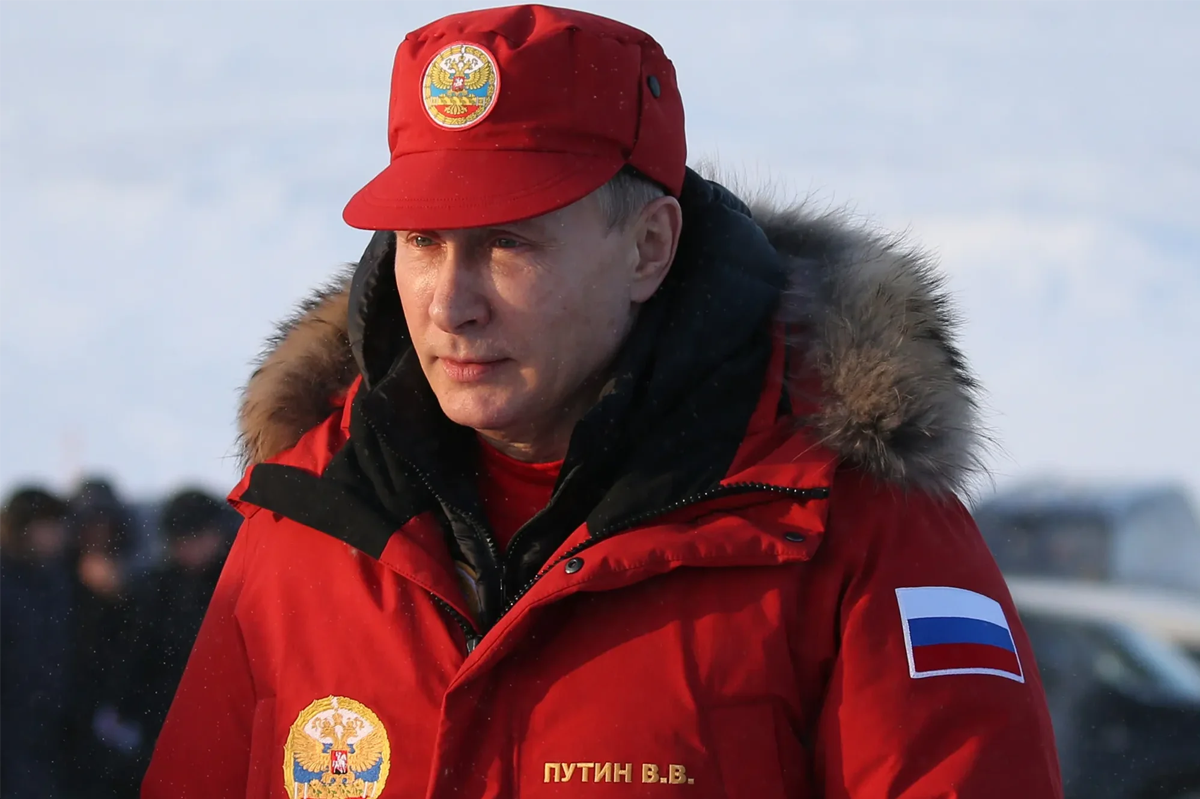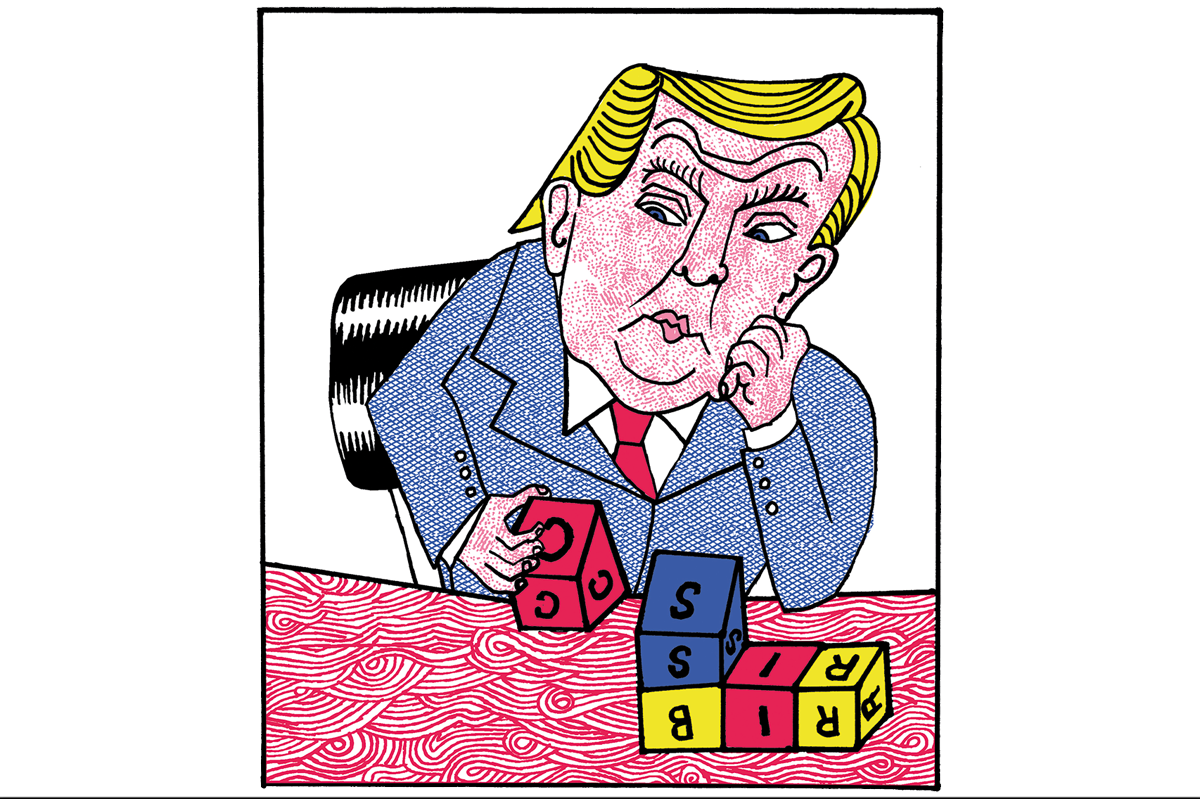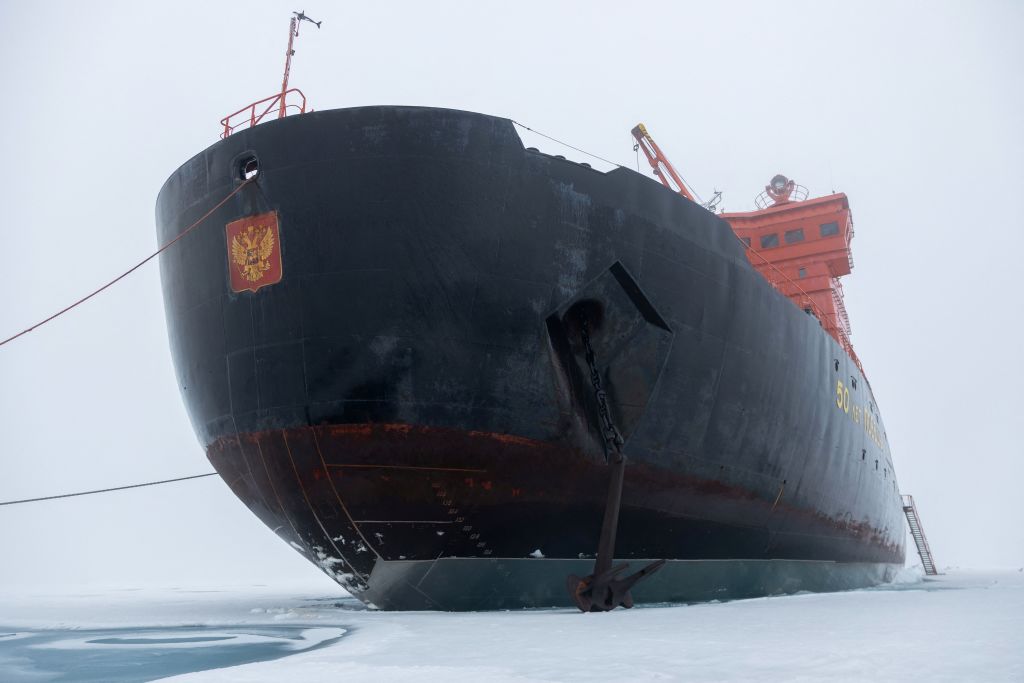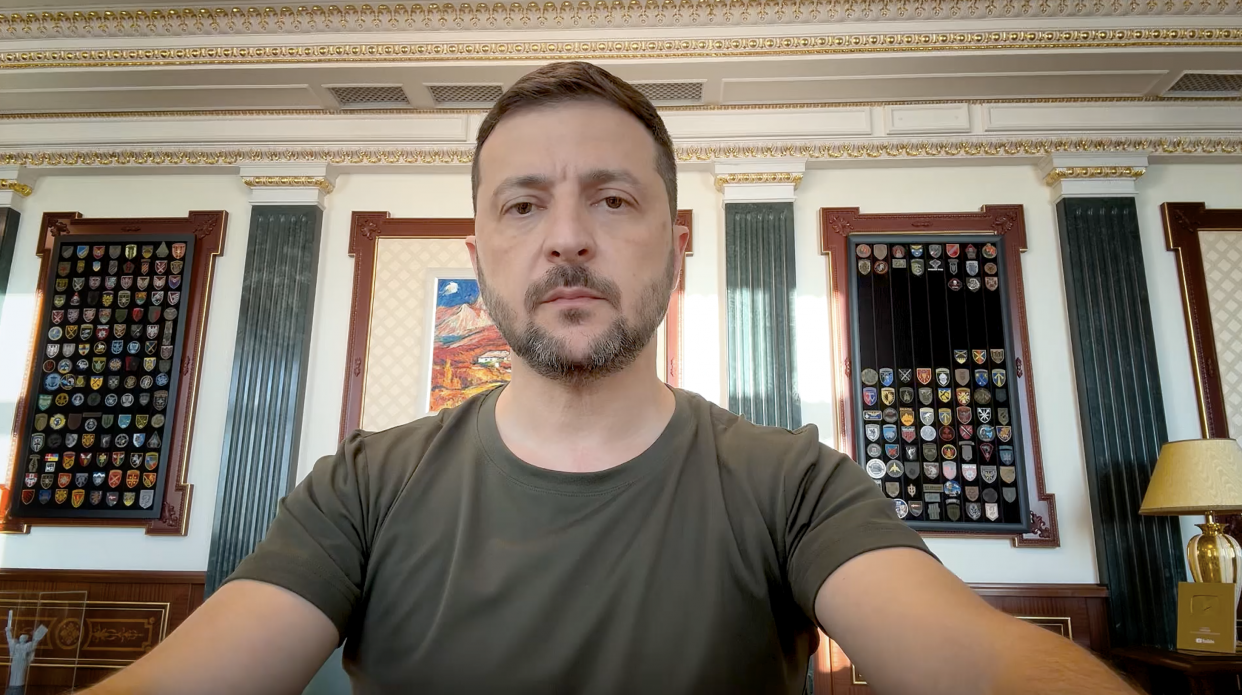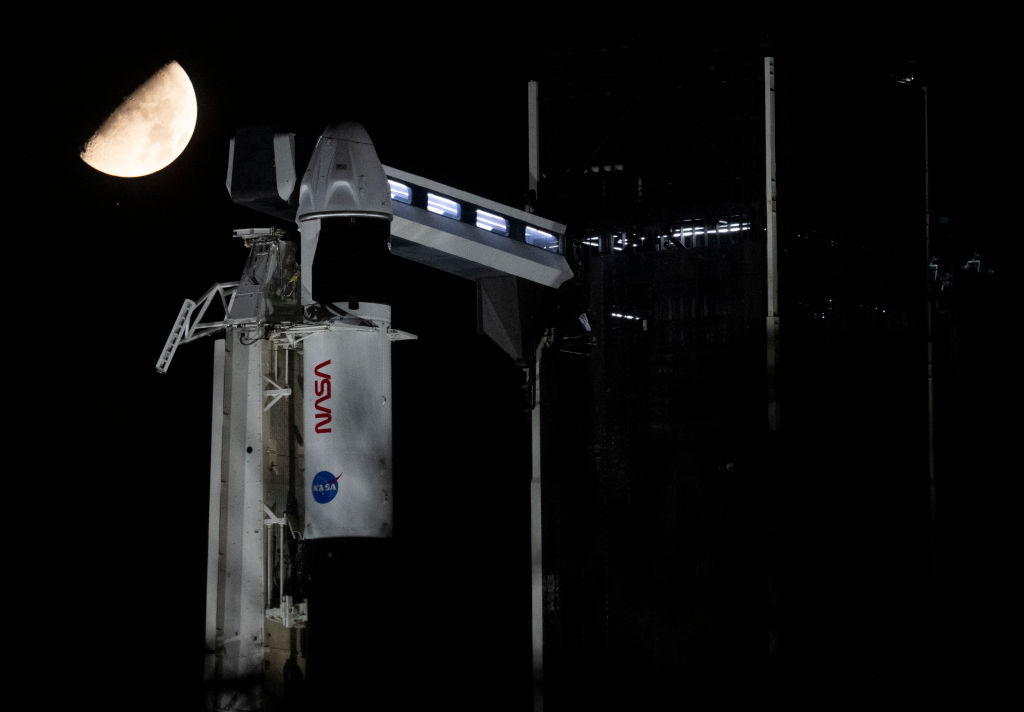As the war between Russia and Ukraine continues on the battlefield, global leaders are waging their own campaigns through diplomacy, pressure and strategic maneuvering.
Just days ago, leaders from the UK, Germany, France and Poland arrived in Kyiv to urge Vladimir Putin to accept a 30-day, unconditional ceasefire. The message was clear: if Moscow refuses, Western allies will increase sanctions and ramp up military aid to Ukraine.
Buoyed by this unified show of support, Volodymyr Zelensky called the ceasefire “the first step in truly ending any war.”
But by morning, the Kremlin had issued a statement that ignored the ceasefire entirely. Instead, Putin proposed resuming direct peace talks with Ukraine in Istanbul on May 14 – without preconditions. This move directly challenged the EU’s demand that a ceasefire come before any negotiations.
“We propose to the Kyiv authorities to resume the talks that they broke off in 2022, and, I emphasize, without any preconditions,” Putin said.
The proposal sounded like a demand to raise a white flag, considering the Kremlin’s previous terms: that Ukraine recognize Crimea as Russian territory, pledge neutrality and disarm. Zelensky rejected those terms then, saying that “Ukraine’s sovereignty and territorial integrity cannot be negotiated.”
Over the three years since then, Ukraine’s position has worsened: hundreds of thousands are dead, millions displaced, and much of the country’s economy, industry and infrastructure is in ruins.
Reviving the Istanbul talks would underscore the stark contrast between Ukraine’s position then and now – a contrast Putin probably meant to highlight when he declared: “The situation has fundamentally changed since 2022,” signaling Russia’s growing leverage as Ukraine weakens.
Zelensky’s unexpected agreement to attend the May 14 meeting in Istanbul in person stirred speculation. Some interpreted it as a step towards peace; others feared that it signaled capitulation. But for those familiar with Zelensky’s style of diplomacy, the move echoed a familiar pattern: seizing the initiative through face-to-face engagement, even under intense pressure.
Consider the December 2019 Paris summit, when Zelensky met Putin for the first time. Despite earlier accepting the Minsk agreements, Zelensky reversed course in person – insisting on a full Russian withdrawal from Donbas before any political resolution. The demand blindsided Putin, who accused Zelensky of reneging on prior commitments, sinking the talks.
A similar breakdown occurred in Istanbul in 2022. An agreement, reportedly finalized by Zelensky’s representatives, was abruptly scrapped when Ukraine withdrew from the talks. In a televised address, Zelensky said: “We cannot trust Russia’s promises.” US and European diplomats were stunned but did not press to resume negotiations – anticipating a Ukrainian counter-offensive that never materialized.
The war dragged on, and a frustrated Putin did all he could to ensure Ukraine would not regain the upper hand.
For a more recent example, look to January 2025, when Zelensky traveled to Washington to meet Donald Trump regarding a proposed deal on rare earth metals. The discussion quickly escalated into a heated argument, derailing an agreement Zelensky viewed as unfavorable to Ukraine. The episode underscored his preference for high-stakes, personal diplomacy – even when it means walking away at the last minute.
These repeated patterns suggest a likely outcome in Istanbul: Zelensky will use the talks not to reach peace, but to position Russia as the intransigent party. It may be the only viable tactic he has left, given the cards on the table.
Surrounded by shifting alliances and inconsistent support, Zelensky is forced to walk a razor’s edge – expected to negotiate without conceding, to fight without endangering elections, and to rally allies who may not be fully committed. Russia exploits Ukraine’s battlefield exhaustion, while some western leaders use peace talk optics to serve domestic audiences, leaving Zelensky with few genuine choices.
Yet time and again, Zelensky has managed to steer Ukraine through seemingly hopeless scenarios. From holding Kyiv in the early days of invasion to navigating energy crises, diplomatic breakdowns and political isolation, he has shown a knack for maneuvering under pressure – and for turning weakness into defiance. Istanbul may be one more chapter in that story.
As for today, Zelensky cannot refuse to negotiate – doing so would invite accusations that he is prolonging the war to delay Ukraine’s presidential election and hold on to power. But he also cannot sign any deal that would resemble surrender.
So both Kyiv and Moscow are likely to walk away from Istanbul with empty hands – and renewed license to continue the war. Each side will blame the other for the breakdown, and both will appeal to Trump as a potential mediator. Which side will Trump take? His recent statements leave little doubt.
Instead of courting favor from the White House or openly flirting with the Kremlin, Zelensky is now aiming to secure unified European support – though showing himself to be an unbending, victory-confident vanguard.
One step in that direction has already been taken. While Putin only proposed resuming talks in Istanbul – making no mention of personal attendance – Zelensky declared he would be there in person, waiting for the Kremlin leader to show up. It was less an invitation than a challenge – and unlikely to please Putin.
This is only the first of many obstacles on the so-called road to peace. The path ahead for Zelensky and Putin is not just too narrow for both leaders – it is leading them in opposite directions.



